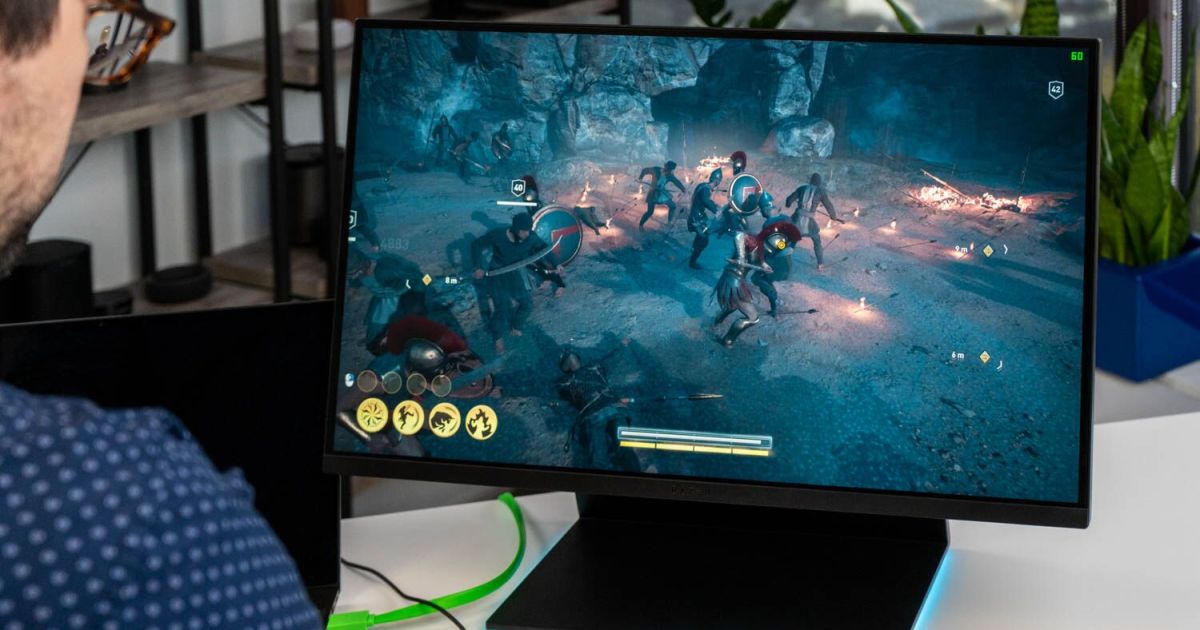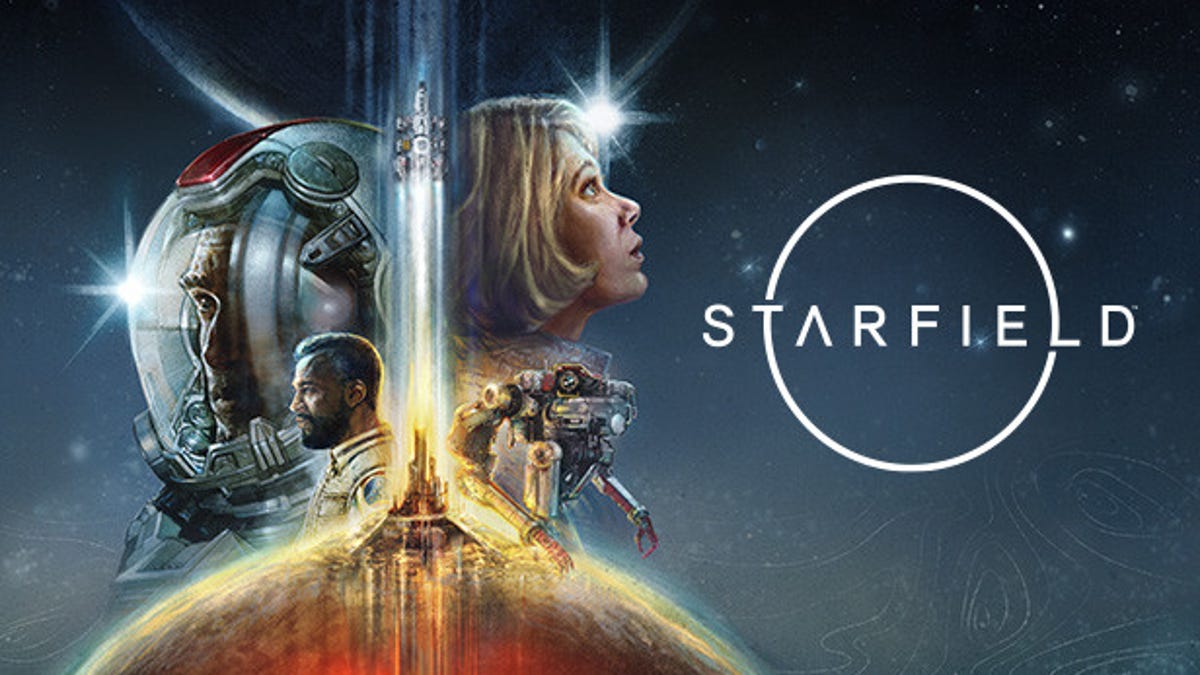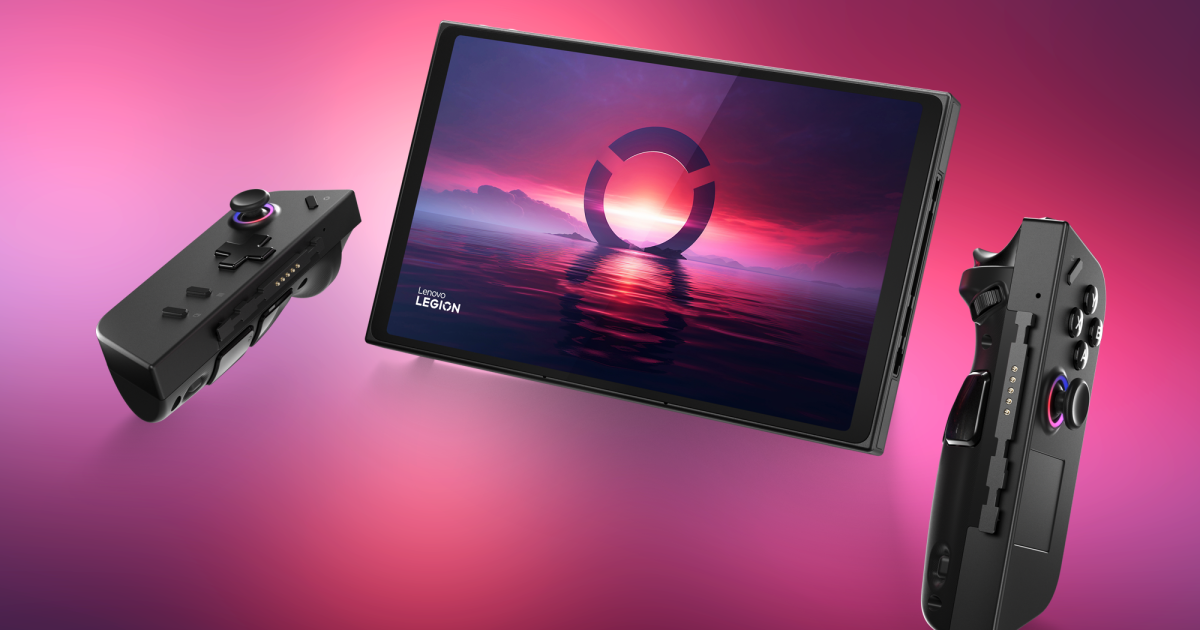Starfield’s decision to support FSR comes at a cost for Nvidia players.
Starfield's decision to support FSR comes at a cost for Nvidia players.
Starfield: A Demanding Game That Leans on AMD’s FidelityFX Super Resolution 2
 Image Source: Bethesda / Bethesda
Image Source: Bethesda / Bethesda
Starfield, the highly anticipated PC release of 2023, has been making waves in the gaming community. The game boasts stability, relative bug-free performance, and optimization across a wide range of hardware. However, one feature that is essential for Starfield’s demanding and visually impressive gameplay is AMD’s FidelityFX Super Resolution 2 (FSR 2). While FSR 2 leverages frame rate improvement, it puts players with less powerful hardware in a tough spot, choosing between performance and image quality.
The saga surrounding FSR 2, AMD, and Starfield has brought about some concerns among the gaming community. Speculations arose that AMD’s partnership with Starfield might lead to the exclusion of Nvidia’s Deep Learning Super Sampling (DLSS) from the game on PC. However, AMD has assured that DLSS was not blocked and Bethesda Game Studios is free to implement the feature if they choose to do so.
Nevertheless, Starfield currently lacks DLSS and Intel’s XeSS, raising concerns about the image quality that FSR 2 provides in comparison. While FSR 2 performs well and maintains good image quality in some cases, it falls behind DLSS when pushed to its limits. A comparison between FSR 2 and DLSS in games like Diablo 4 and Hogwarts Legacy highlights the superior image quality of DLSS.
A mod is available that adds DLSS into Starfield, but its impact on image quality is not significantly different from the native implementation of FSR and DLSS in other games. With FSR 2 being a great piece of technology from AMD, it offers substantial performance gains and solid image quality. However, Starfield’s exclusive reliance on FSR 2 creates a dilemma for players, especially those with Nvidia GPUs who cannot benefit from DLSS.
Starfield takes upscaling features to the extreme, with the game designed exclusively around FSR 2. All graphics presets in the game enable FSR 2 by default, drastically reducing render resolution. The game demands powerful GPUs, and even with AMD’s recommended graphics cards, maintaining a solid 60 fps in demanding areas of the game can be challenging without FSR 2.
FSR 2 can make a significant difference for players with lower-end GPUs, turning an unplayable experience into a playable one. However, Starfield’s lower graphics presets suffer from reduced detail and washout, resulting from the struggle of FSR 2 to maintain quality at a 50% internal render resolution.
While it is understandable for developers to design their games around upscaling features, it is crucial to support as many upscaling options as possible. Starfield’s exclusive reliance on FSR 2 excludes a majority of PC players who own Nvidia GPUs and purchased their cards specifically for DLSS. Adding DLSS alongside FSR 2 would have provided players with more choice and a better experience based on their hardware capabilities.
Unfortunately, there is no sign of FSR 3, another highly anticipated AMD upscaling feature similar to DLSS 3, being supported in Starfield. Although AMD has announced its plans for FSR 3, Starfield was notably absent from the list of games that will support the feature. This absence raises questions about the game’s marketing partnership with AMD and the potential launch of Starfield with FSR 3.
Despite these concerns surrounding upscaling features, Starfield delivers an excellent PC release in all other aspects. The game runs smoothly, scales well with high-end CPUs, and already has a mod available for DLSS. Hopefully, an official DLSS release will be made in the future to address players’ concerns about image quality. Ultimately, while Starfield may have fallen short in providing a comprehensive array of PC options, it remains a highly immersive and visually stunning game that offers an excellent experience for gamers.






